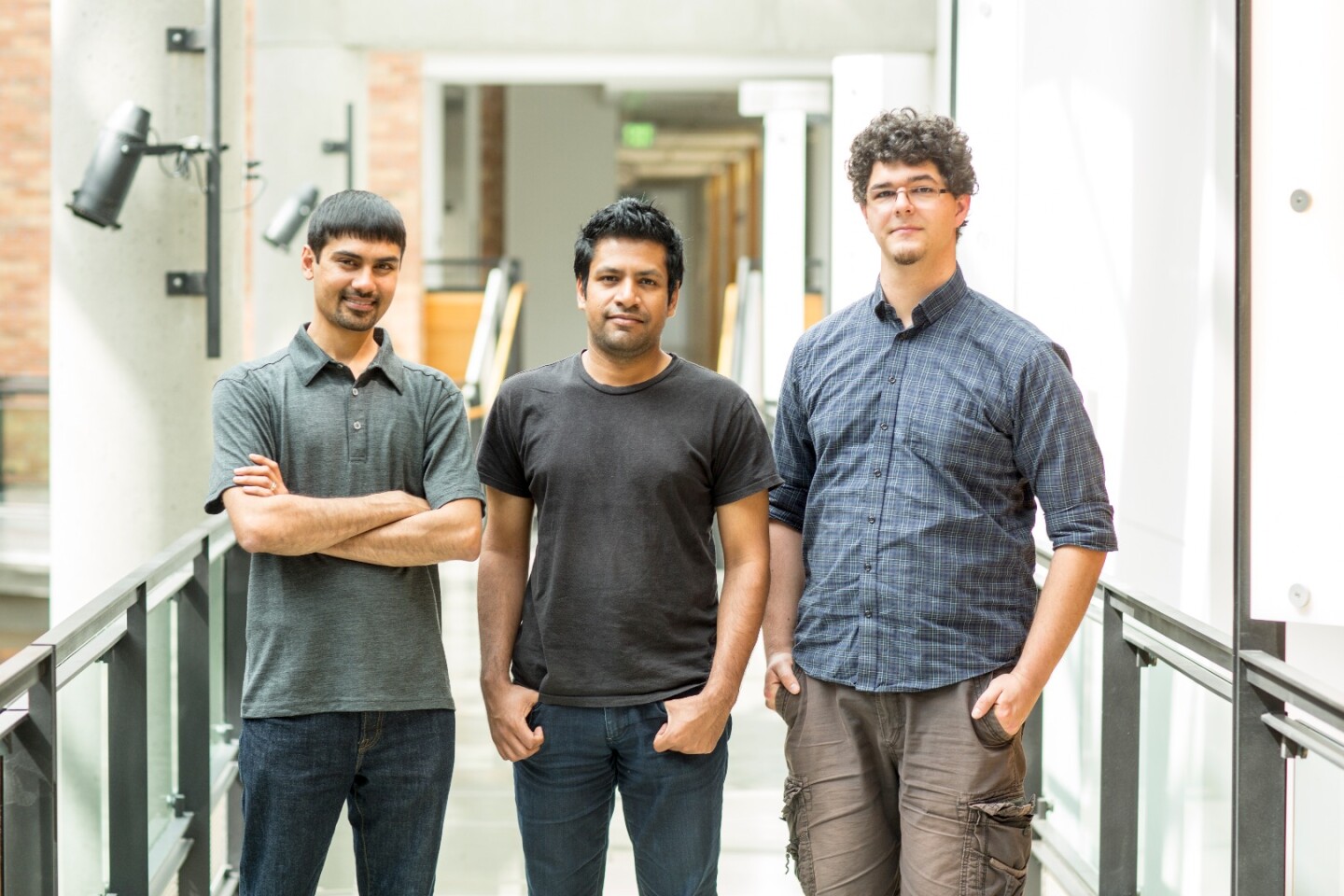Back in 2012, researchers from the University of Washington (UW) introduced a new tool for those suffering from respiratory problems in the form of a smartphone app that measures lung health. While this may have improved access to care for many, it didn't mean a great deal to those without a smartphone. The team is now looking to expand the reach of its technology by designing a system that allows patients to call in from anywhere in the world, from any phone, to gauge the health of their lungs.
Chronic lung conditions like asthma or cystic fibrosis can require careful monitoring, often involving regular visits to the clinic. This mightn't be too problematic if you live in a big, modern city, but in developing countries a trip to the doctor can mean hours or even days on the road.
A number of smartphone-centric solutions have emerged in recent years that aim to improve access to care by serving as portable spirometers, which are machines that measure air flow through the lungs. These have included the pocket-sized Wing, the even smaller Sandpiper and the University of Washington's own SpiroSmart, which is simply an app.
By relying the patient's trachea and vocal tract rather than the tubes found in traditional spirometers, which cost thousands of dollars, the SpiroSmart app is able to assess lung function by analyzing sound wave frequencies. The team's testing found the app came within 5.1 percent of a commercial spirometer, satisfying the medical standards of accuracy.
With a view to improving the system's machine learning algorithms, the UW team has since gathered data on more than 4,000 patient visits to clinics in the US, India and Bangladesh, with subjects using both commercial spirometers and the SpiroSmart app. But in their visit to India and Bangladesh, the researchers came to learn how many local patients didn't own smartphones and therefore couldn't use SpiroSmart at home.
What they also realized was that the sensor they were relying on for the SpiroSmart app, the smartphone's microphone, could be found in all phones. So they saw no reason that with some tweaking, their technology couldn't serve a much wider range of patients, whether they were using an old Nokia or a landline in a mountain village.

The idea is that users of the SpiroCall service call a 1-800 number from anywhere in the world and perform a hard exhale, just as they would when using a commercial spirometer. The audio is collected and relayed to a server, where the team's algorithms translate the breath into a reading of the patient's lung function.
As it is dealing with audio samples of much lower quality, the accuracy has taken a slight hit. The team says that SpiroCall's results over a regular cell phone channel were within 6.2 percent of the same patient's results from a commercial spirometer. So while not as precise as its smartphone app, the researchers say is still within the industry margin for error of between five and 10 percent.
"We had to account for the fact that the sound quality you get over a phone line is worse," says Elliot Saba, a UW electrical engineering doctoral student. "You can imagine how listening to someone play a song over a phone line would sound compared to listening to it on your music app — there's a similar difference with a spirometry test."
To ease the learning curve for those using SpiroCall, the team has also developed a 3D-printed whistle that changes pitch to indicate a "good" exhale. It says in its early testing, this boosted test performance for ill patients, whose vocal cords were unable to generate the necessary volume for the microphone to pick up.

"We wanted to be able to measure lung function on any type of phone you might encounter around the world, smartphones, dumb phones, landlines, pay phones," says Shwetak Patel, Professor of Computer Science & Engineering and Electrical Engineering at the UW. "With SpiroCall, you can call a 1-800 number, blow into the phone and use the telephone network to test your lung function."
The researchers are now working to collect more data and determine the best way to communicate test results with patients.
The results of the research will be presented at the Association for Computing Machinery's CHI 2016 conference in San Jose, California this month.
Source: University of Washington






